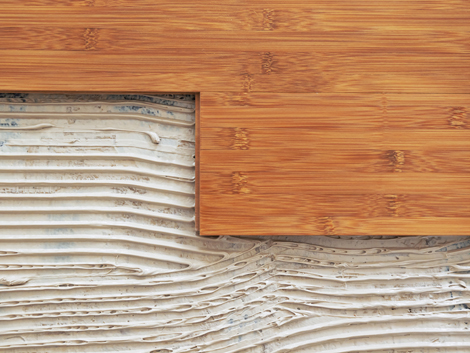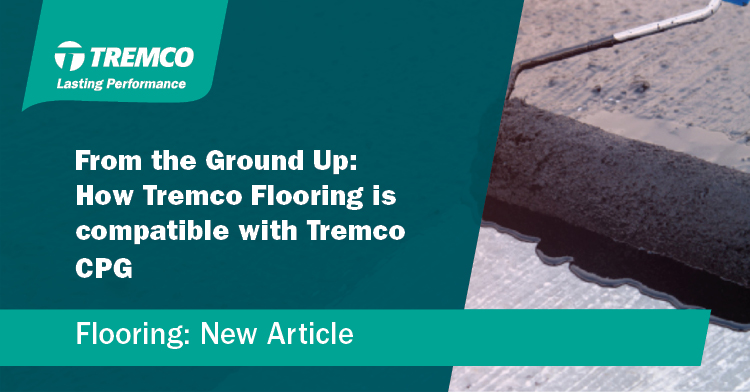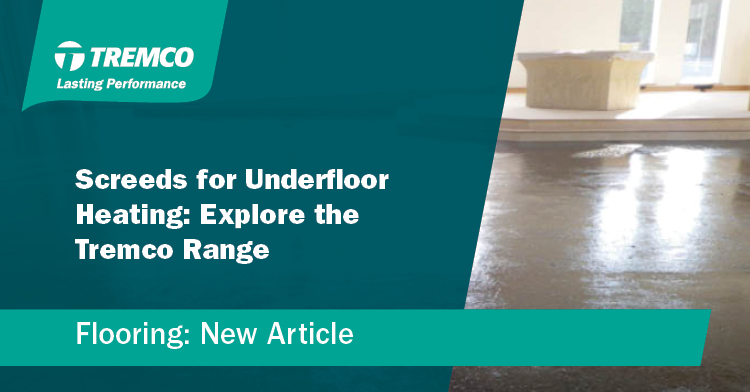Taking Care of Timber Floor

Timber flooring, from traditional parquet blocks through to modern laminated systems, can contribute to creating attractive and visually stimulating room interiors, thanks to the very wide choice of wood species available with their characteristic colours, grain patterns and irregularities.
Specifiers and contractors should, however, always remain aware of the product or system’s vulnerability as an organic material: susceptible to both their physical treatment and ambient conditions. This then demands respect for the manufacturer’s recommendations, as well as the careful choice of appropriate adhesives and other products for the installation.
Although moisture levels in the substrate are crucial to the long term performance of all floorcoverings, wood products are particularly sensitive; with this susceptibility extending to the temperature and humidity of the air.
Despite a building having an effective DPM installed as part of its construction, there is still the possibility that RH readings for the substrate could exceed the maximum relative humidity recommended by different timber flooring suppliers.
In these cases it will be necessary to utilise a well proven moisture vapour suppressant. Where, however the original damp proofing has failed or never existed, a high quality surface Damp Proof Membrane must be installed prior to work proceeding. This may need to extend to tanking of the walls to prevent lateral ingress.
Flatness of the substrate is another very important factor, particularly with bonded flooring systems, while it may also be necessary to smooth the irregularities in the surface using a moisture tolerant underlayment prior to installing the DPM.
Even when the substrate is apparently dry and sound, it remains potentially disastrous to attempt the installation of a high quality wood floor where the interior atmosphere is too cold or gives too high a RH reading. In addition it is good practice to allow timber flooring to ‘condition’ or acclimatise in the room where it is to be laid, before work commences; and to remember that any unprotected timber, such as sawn end grain, is likely to expand in the event of moisture ingress.
When it comes to the specification of the adhesive, customers should seek a product which not only has a proven track record, but which offers user-friendly installation characteristics. Tremco SF520, for instance, is an advanced polymer adhesive which can be used to install almost all types of wood flooring, and is even compatible with underfloor heating.
Contractors want to work quickly with a single component adhesive that provides sufficient open time to allow the flooring to be properly firmed into place - and possibly even weighted down – but to cure properly within a few hours. EC1 and BREEAM compliance are also increasingly sought after attributes.











